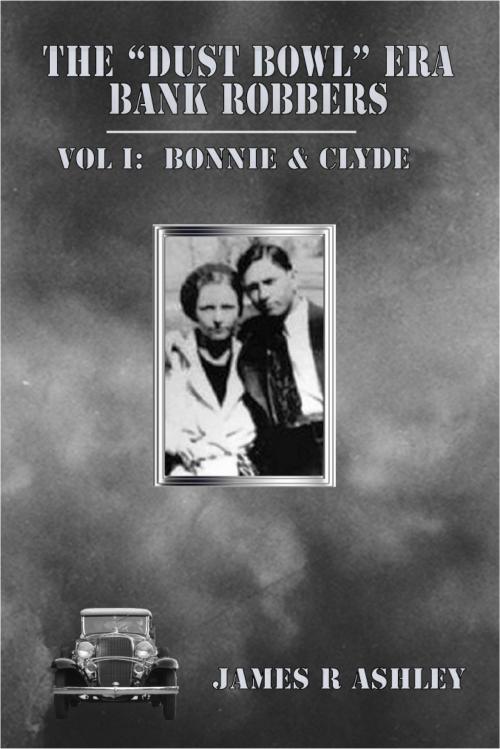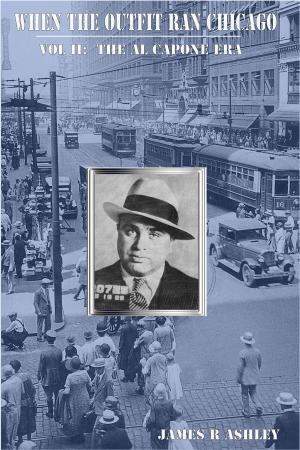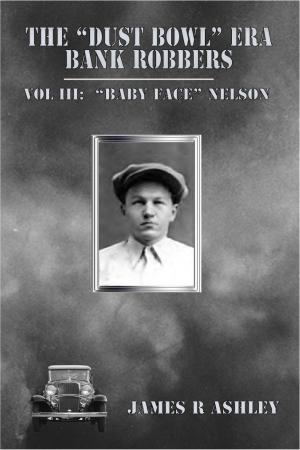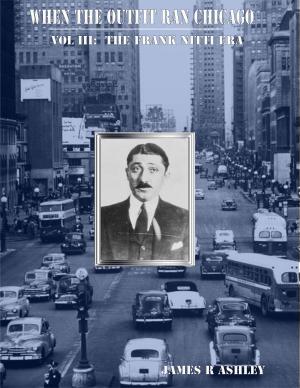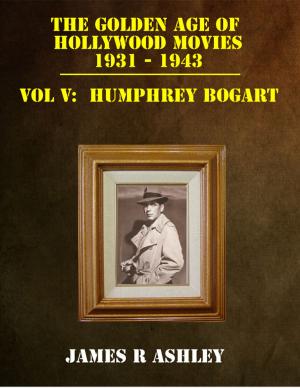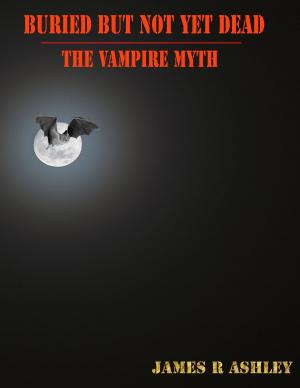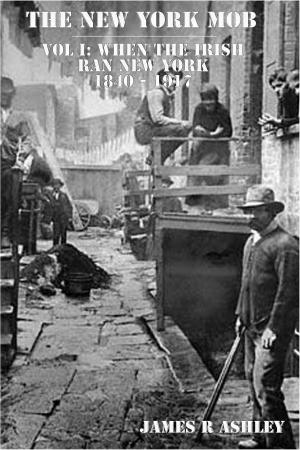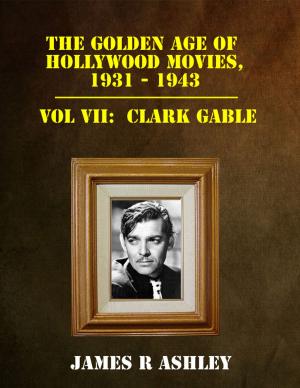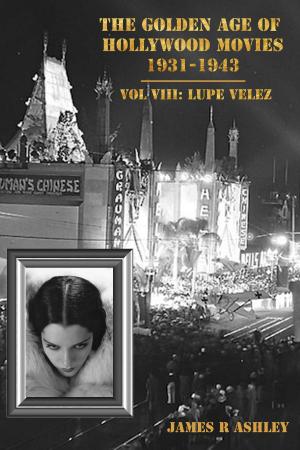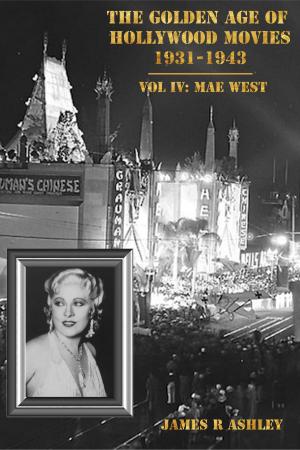| Author: | James R Ashley | ISBN: | 9781301778782 |
| Publisher: | James R Ashley | Publication: | July 14, 2013 |
| Imprint: | Smashwords Edition | Language: | English |
| Author: | James R Ashley |
| ISBN: | 9781301778782 |
| Publisher: | James R Ashley |
| Publication: | July 14, 2013 |
| Imprint: | Smashwords Edition |
| Language: | English |
The “Dust Bowl” of the early 1930s spawned the era of the Mid-West bank robbers. Gangs led by Bonnie & Clyde, John Dillinger, “Pretty Boy” Floyd, and “Baby Face” Nelson became the stuff of American legend. None of them was spectacularly successful at bank robbing and all of them came to bad ends, being shot down in the end by the law. They all, however, caught the public imagination and were the anti-hero’s of their day. This was the era of the Great Depression where the banks were perceived of being greedy and heartless despoilers, grinding the common people down for their own profit. The “Dust Bowl” bank robbers personified the anti-hero who gave the banks a taste of their own medicine and the public could not get enough of it. When Bonnie & Clyde shot it out with the law and John Dillinger broke out of jail the public followed their every move with the greatest of interest, as many of them would have secretly have liked to have done the same thing, had they the nerve for it. As it was they glamorized these bandits and made them bigger than life, because that’s what the public wanted to believe about them. Painting the town red every night at the best restaurants and nightclubs, always on the arm of beautiful women, leading a life of danger and excitement at every turn, and engaging in machine-gun fights with the law was the life people dreamed these bandits led.
The reality, however, was something quite different. Bonnie & Clyde frequently lived like bums, either out of their car or camping out in the woods. They were continually on the run and rarely stayed in the same place for long. They never could go to a decent restaurant for fear of being recognized and, consequently, had to eat most of their meals in their car or in the woods. If they rented a place to live the police showed up before long and they were awaken during the night or approached during the day to engage in a life and death gun battle. Any wounds they sustained in the gun fight, no matter how serious, had to be self-treated, as it was too risky to rely on a doctor’s discretion to not turn them in. They had no friends, only associates who were in the game for the money. And when the going got rough there was no loyalty and Bonnie & Clyde found out that they only could rely on each other, and they stuck by each other right up to the end.
Bonnie & Clyde were dealt a bad hand in the beginning and unlike many other people who took new cards hoping for a better one, they decided to play theirs out. Both of them foresaw that the road would get dimmer and dimmer as time went on and their end was going to be a bad one. And whether from courage or false hope, they played their cards out to the end. They lived fast and dangerously and died in a hail of bullets. And for many readers this is the fascination with their short life of crime.
The “Dust Bowl” of the early 1930s spawned the era of the Mid-West bank robbers. Gangs led by Bonnie & Clyde, John Dillinger, “Pretty Boy” Floyd, and “Baby Face” Nelson became the stuff of American legend. None of them was spectacularly successful at bank robbing and all of them came to bad ends, being shot down in the end by the law. They all, however, caught the public imagination and were the anti-hero’s of their day. This was the era of the Great Depression where the banks were perceived of being greedy and heartless despoilers, grinding the common people down for their own profit. The “Dust Bowl” bank robbers personified the anti-hero who gave the banks a taste of their own medicine and the public could not get enough of it. When Bonnie & Clyde shot it out with the law and John Dillinger broke out of jail the public followed their every move with the greatest of interest, as many of them would have secretly have liked to have done the same thing, had they the nerve for it. As it was they glamorized these bandits and made them bigger than life, because that’s what the public wanted to believe about them. Painting the town red every night at the best restaurants and nightclubs, always on the arm of beautiful women, leading a life of danger and excitement at every turn, and engaging in machine-gun fights with the law was the life people dreamed these bandits led.
The reality, however, was something quite different. Bonnie & Clyde frequently lived like bums, either out of their car or camping out in the woods. They were continually on the run and rarely stayed in the same place for long. They never could go to a decent restaurant for fear of being recognized and, consequently, had to eat most of their meals in their car or in the woods. If they rented a place to live the police showed up before long and they were awaken during the night or approached during the day to engage in a life and death gun battle. Any wounds they sustained in the gun fight, no matter how serious, had to be self-treated, as it was too risky to rely on a doctor’s discretion to not turn them in. They had no friends, only associates who were in the game for the money. And when the going got rough there was no loyalty and Bonnie & Clyde found out that they only could rely on each other, and they stuck by each other right up to the end.
Bonnie & Clyde were dealt a bad hand in the beginning and unlike many other people who took new cards hoping for a better one, they decided to play theirs out. Both of them foresaw that the road would get dimmer and dimmer as time went on and their end was going to be a bad one. And whether from courage or false hope, they played their cards out to the end. They lived fast and dangerously and died in a hail of bullets. And for many readers this is the fascination with their short life of crime.
